Uvalde — growing up in the Hill Country of Texas, I spent many summers there. I’d describe it as an “Any Town USA.” Quiet, neighborly, everyone waved. Those are my memories as a young boy in this peaceful South Texas town. Move forward forty-plus years to that Tuesday morning in May. As information began to surge on the networks, my mood instantly changed when I saw the headline announcing the Uvalde mass shooting. My home state. My neck of the woods. Suddenly, the distant images of playgrounds, gymnasiums, churches, restaurants, and houses of old friends became flashbacks. Like over a hundred cities in America since Columbine, Uvalde had now lost a layer of tranquility. Just 24 hours prior, Uvalde had been like most every other city in America, not yet listed as a statistic. A disturbed 18-year old kid changed that forever. Innocence lost.
Of all the active shooter events I’ve covered as an on-air security analyst for a network affiliate over the past six years, this one stung the most. In this mass shooting incident, I was able to insert images of people and places I had known. The helplessness I now felt from halfway across the country quickly turned into a personal call for action.
What Can We Learn from the Uvalde Mass Shooting?
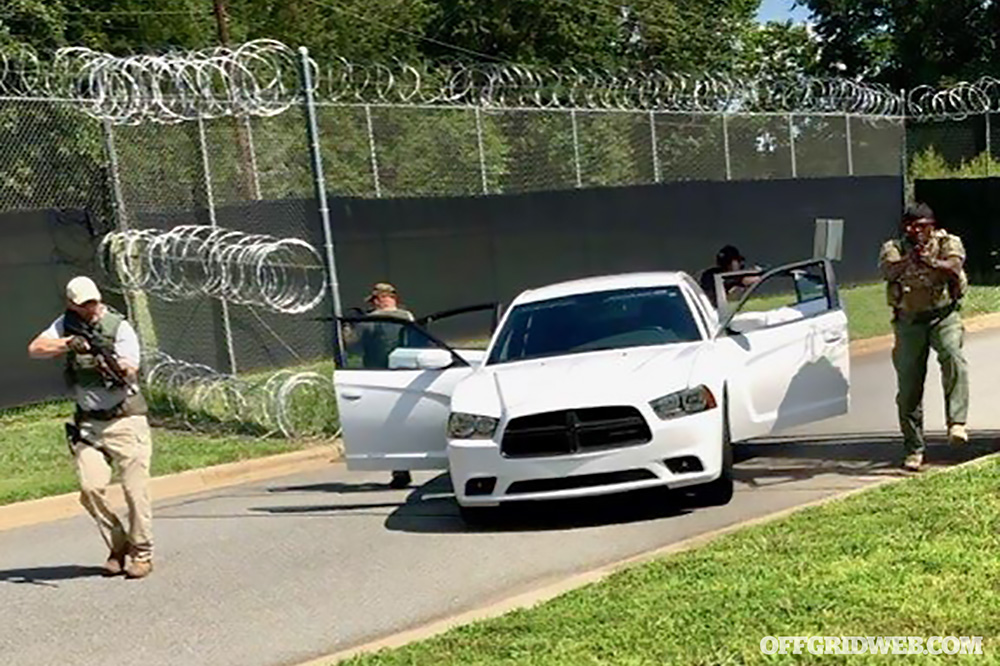
Over the next few weeks following the Uvalde mass shooting, several of my colleagues who are involved in public safety training began placing a huge emphasis on enhanced educational programs for first responders (police, fire, EMS) and educational programs for teachers and employees in regard to active shooter events. Rightly so! Uvalde made us all ask, “After what we just witnessed, have we seen any results from all the effort that has gone into teaching new doctrine after what we learned at Columbine in ’99?”
As I began to see a massive focus on training for first responders and employees, I wondered, “what type of training is being directed toward the Frontline Responders?” This term refers to armed public safety professionals who are already on scene the moment an incident occurs, such as School Resource Officers (SROs), armed private security officers, or any number of professional protectors that report to duty at facilities, venues, and soft targets every day across America.
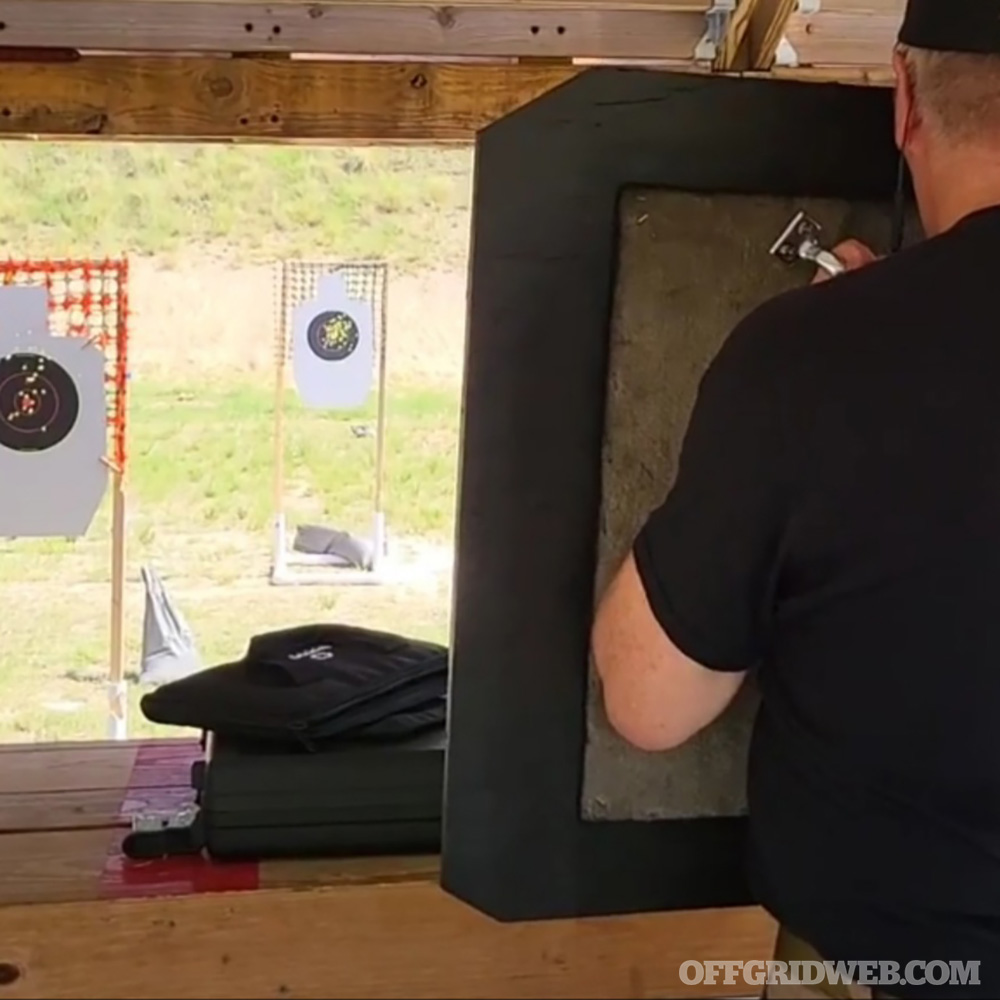
Above: A student at Karl's training organization, KDI, prepares for a drill incorporating a ballistic shield.
Within 24 hours I developed a two-day training program titled “Active Shooter Response for the Frontline Responder”. I immediately submitted my final outline for review to both Arizona Peace Officer Standards and Training Board (AZ POST) and to the South Carolina Criminal Justice Academy (SCCJA) — two states on opposite sides of the country. Within two days, I received each agency’s blessing to make this course available for continuing education credits to law enforcement officers in their respective states. I’m happy to report that our national roll-out of this training program began less than 30 days from its inception.
As I wrote this course, it became evident to me how much of the material I was putting together could have a direct impact on everyone who has an interest in protecting themselves in a critical situation. Today, I’m here to share an overview of that information with you.
Pre-Hospital Trauma Medicine
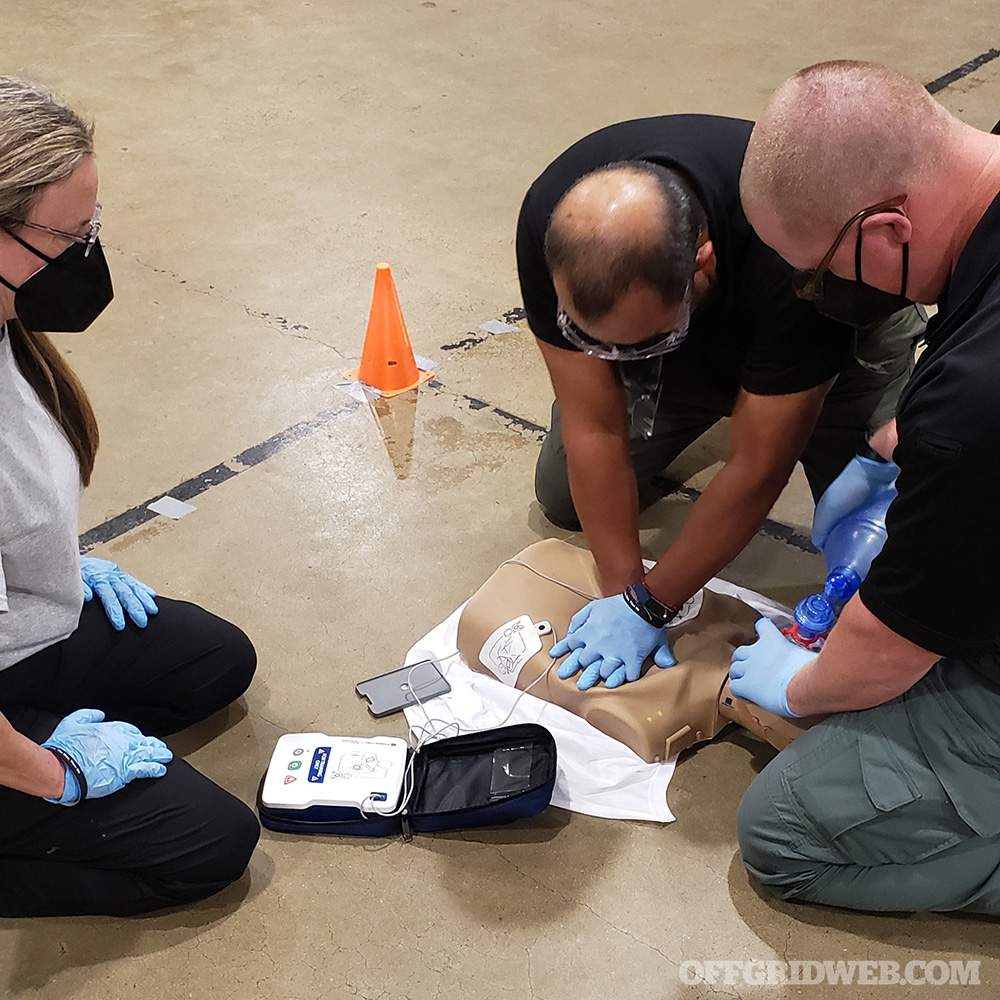
Above: The importance of medical training cannot be overstated, and it's not only valuable for professional first responders — everyone should learn the basics.
It sounds like a mouthful, but it makes sense at every level. Pre-Hospital Trauma Medicine is known by several names, but it comes down to investing in your own personal knowledge, skills, and abilities to be able to perform tasks like “stopping the bleed” (hemorrhage control), applying a tourniquet, performing CPR, using an Automated External Defibrillator (AED), preventing choking, and rendering basic first aid.
This training is not just for those who may face gunfire. It works for everyone! Being prepared for a medical emergency in the home or office is a preventive measure that we should all take seriously. To what level you take your training is completely a personal decision. At best, you can provide aid for your family. During a crisis, you can become a force multiplier for responding medical personnel. When a serious incident occurs, one thing we have all learned is that there are rarely enough emergency personnel on-scene to provide adequate emergency medical care to everyone.
Like most skills, the skills you learn in the tactical arena are considered “perishable,” and as such, should be practiced on a regular basis. Luckily, there are many resources within our community to help keep your skills up to par. To name a few, programs are offered through the American Red Cross and the American Heart Association. Your city or county may offer free classes on the topic of Community Emergency Response Training (CERT), or you can find similar classes through providers in Tactical Emergency Casualty Care (TECC). Numerous local hospitals also host community-based medical education and training throughout the year. If you make the effort, you can become and remain proficient in a variety of pre-hospital trauma skills.
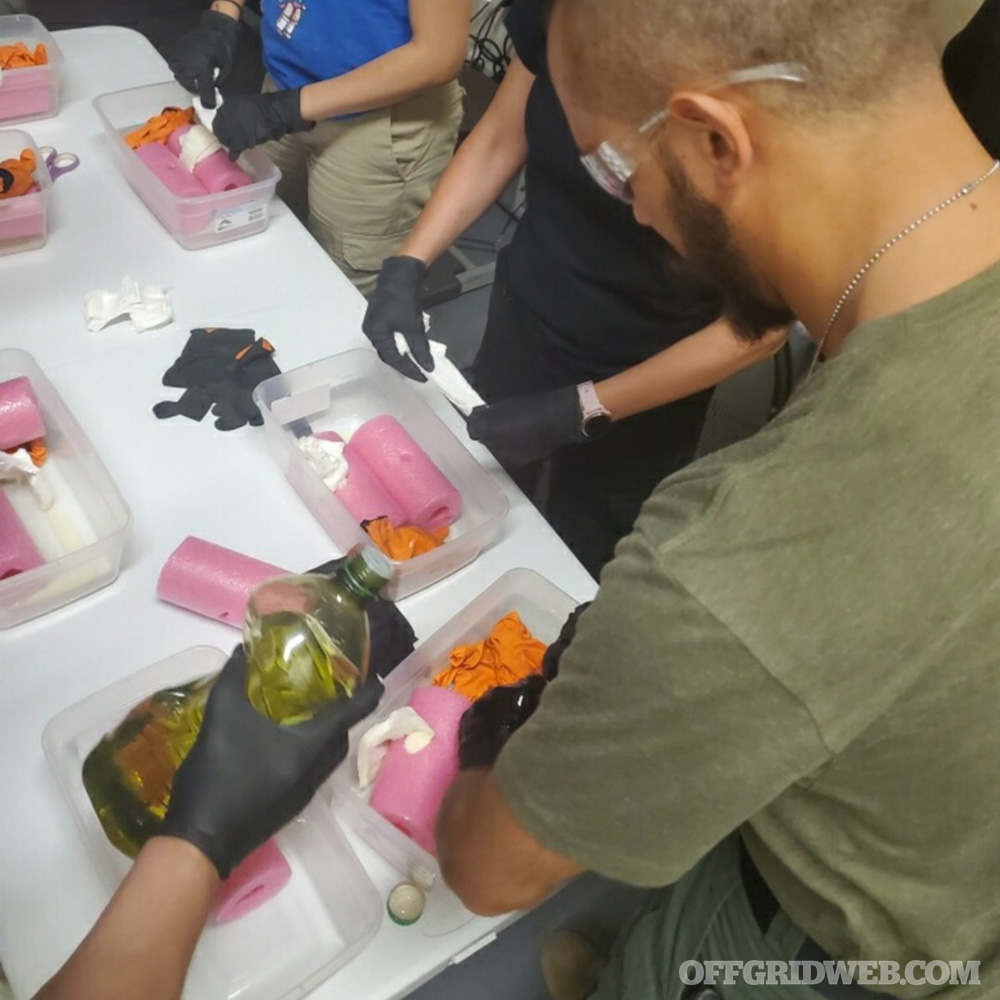
Above: Students in a medical trauma course practice wound-packing with gauze. Oil is used to simulate the slippery conditions of treating a hemorrhage.
Do you carry a first aid kit in your car, at your home, or in your office? If so, are its contents in good condition or outdated? Have you invested in purchasing an AED? Or do you depend on an ambulance coming to help you? Ask any medical professional and they will tell you how critical those first few minutes of a medical emergency are to the individual(s) in distress.
At a minimum, in your Individual First Aid Kit (IFAK), you should carry two CoTCCC-recommended tourniquets, four chest seals, hemostatic gauze, a compression bandage, and a pair of shears. Your IFAK can grow based upon your training and experience, but you need to start somewhere. And keep it with you! You don’t want to be that individual that happens upon a medical emergency and wishes you had your IFAK at that critical moment in time.
Situational Awareness
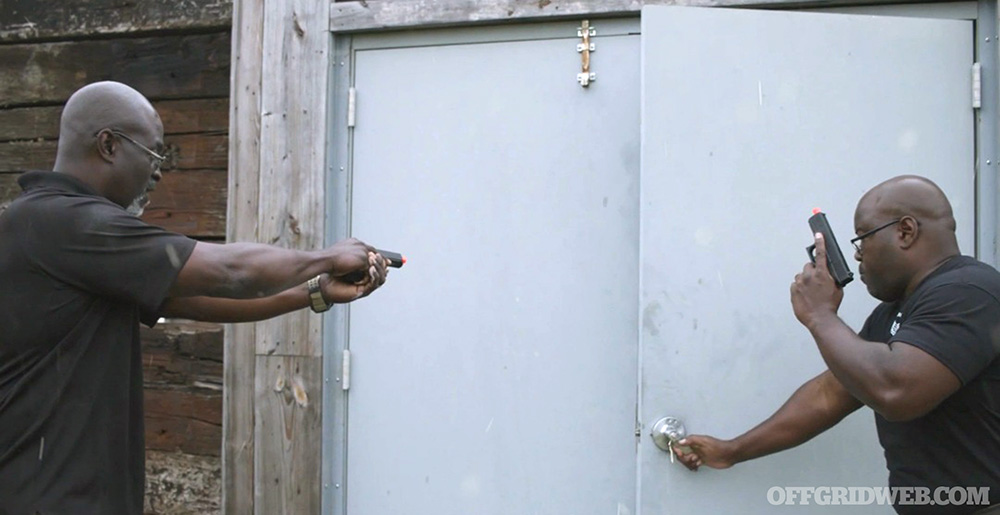
Above: Two KDI students prepare to make entry into a room using inert training weapons.
Know your surroundings and your environment. It’s absolutely vital, whether in your office or at a public venue, that you make yourself consciously aware of a few things:
- Know the location of your nearest exits, emergency exits and stairwells
- Know the location of a fire extinguisher, first aid kit, and AED
- Know the location of your nearest security office (as in your local mall)
Your rapid response to identify these locations and acquire these items can truly be the difference between life and death. And know a location you can quickly move to where you will be safe during an active shooter event.
It takes a conscious effort to be aware of your surroundings. But every one of us is, at one time or another, is responsible for the safety and security of others. Take this responsibility seriously the next time you’re in a group space. Begin planning now.
If You’re There at the “Moment of Bang”
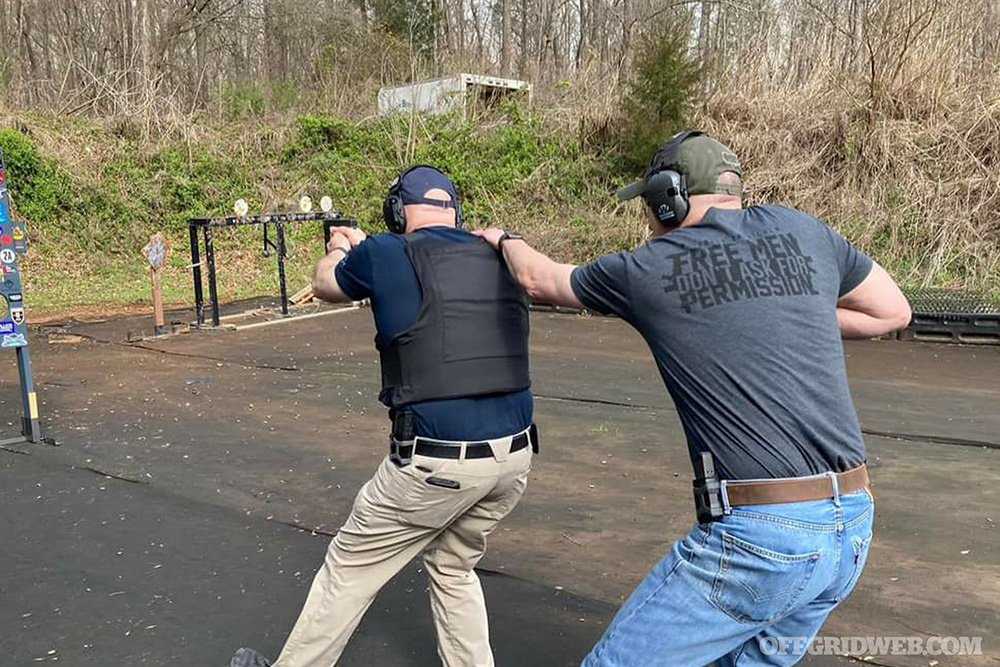
Let’s address three areas of concern: the mall, your office, and a school. While in the mall, you can rapidly move into the nearest store. Every major mall has a protocol for mitigating active shooter events. Stores will actively lock down their entry gates and most stores have an exit into the rear of the mall for evacuation. Do not get caught in a stampede at any location. There are frequent stories of people getting trampled when caught in the rush of a crowd. If you cannot keep up with the flow of a running crowd, position yourself behind a hard barrier such as a pillar or stationary sign. Inside a mall, because of how they are built, you cannot always tell what direction the sound of gunfire is coming from, so know your environment and exit the main thoroughfare quickly.
In your office, consider establishing a “safe room” — a location where you can shelter in place that is hardened against gun fire. Has your office considered controlling access to the main entrance through the use of cameras, entry control, or voice devices? Does your office have a practiced emergency evacuation plan? Is your reception area customer service friendly, yet still secure enough to keep out unwanted visitors? These and other questions can be easily reviewed by seeking out a trained professional to conduct a physical security survey of your office. (Editor's Note: For more information on how the pros test security and what we can learn from their assessments, refer to our article on “red teaming” from Issue 35.) One of the best ideas I’ve heard is keeping a small fire extinguisher by the reception desk (even by your desk). It has been shown that, in the absence of purpose-built defensive tools, fire extinguishers can work well in deterring a combative individual and buying you time to exit the area. Besides, no one ever questions why you have a fire extinguisher in your office.
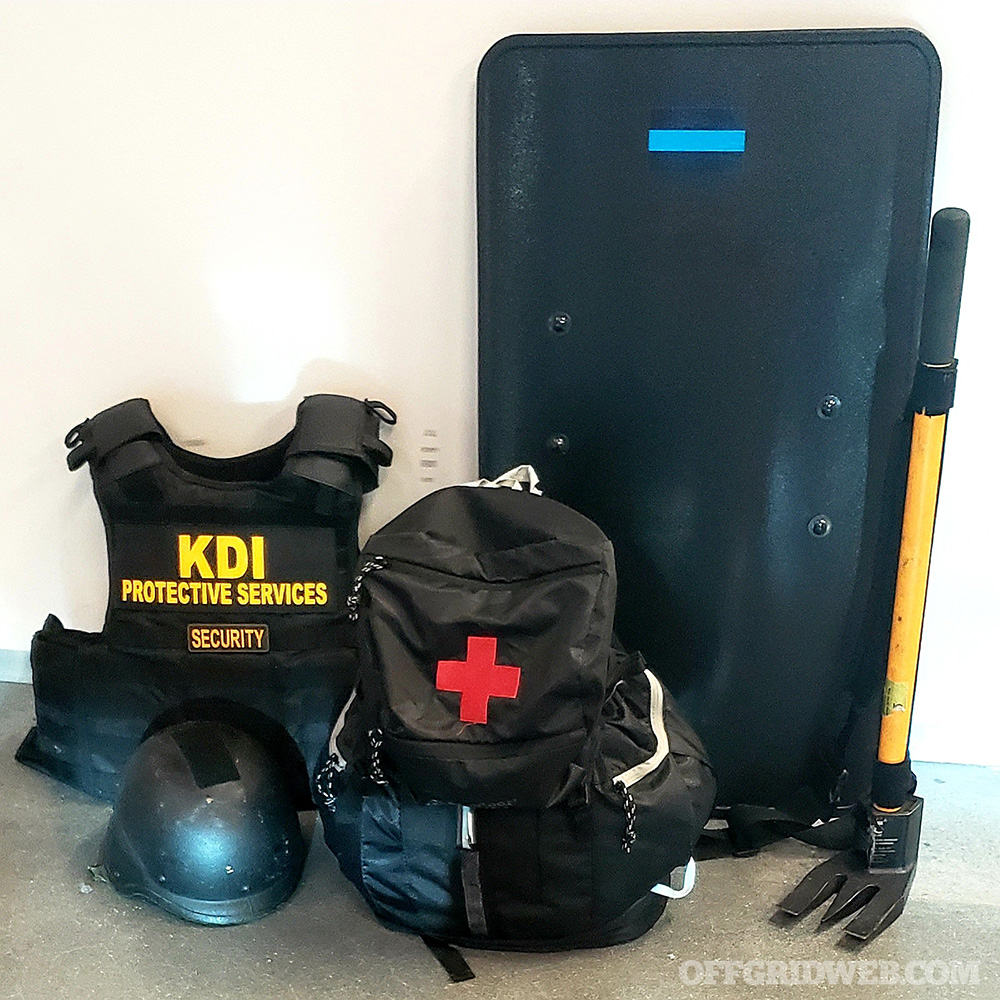
Above: Every classroom should be equipped with a well-stocked trauma kit and some type of mechanical breaching tool to create secondary escape routes. Body-worn armor and ballistic shields are also valuable resources for defense in active shooter situations, and should always be available to on-site Frontline Responders.
In classrooms, ensure that you have practiced your active shooter plan. The classroom doors must be reinforced to lock out any unwanted persons. You must have a way to blackout your classroom (no lights) and a way to shelter the students in place behind desks or other hardened objects. If you have to fight the aggressor, remember you are fighting for your life and the lives of others.
Every classroom should be equipped with a fire extinguisher, a first aid kit that contains tourniquets and chest seals, a mechanical breaching tool to be able to exit through windows or even through the adjacent wall, and color-coded signs (red and green construction paper) to inform the first law enforcement officers who reach you about whether there are injured people inside your classroom without having to open the door. And please, do not open your door to an unknown voice that is telling you they are the police. Confirm before you open. Those individuals planning an active shooter event watch school training videos as well, and they often collect pertinent information to assist in their attack.
Closing Thoughts
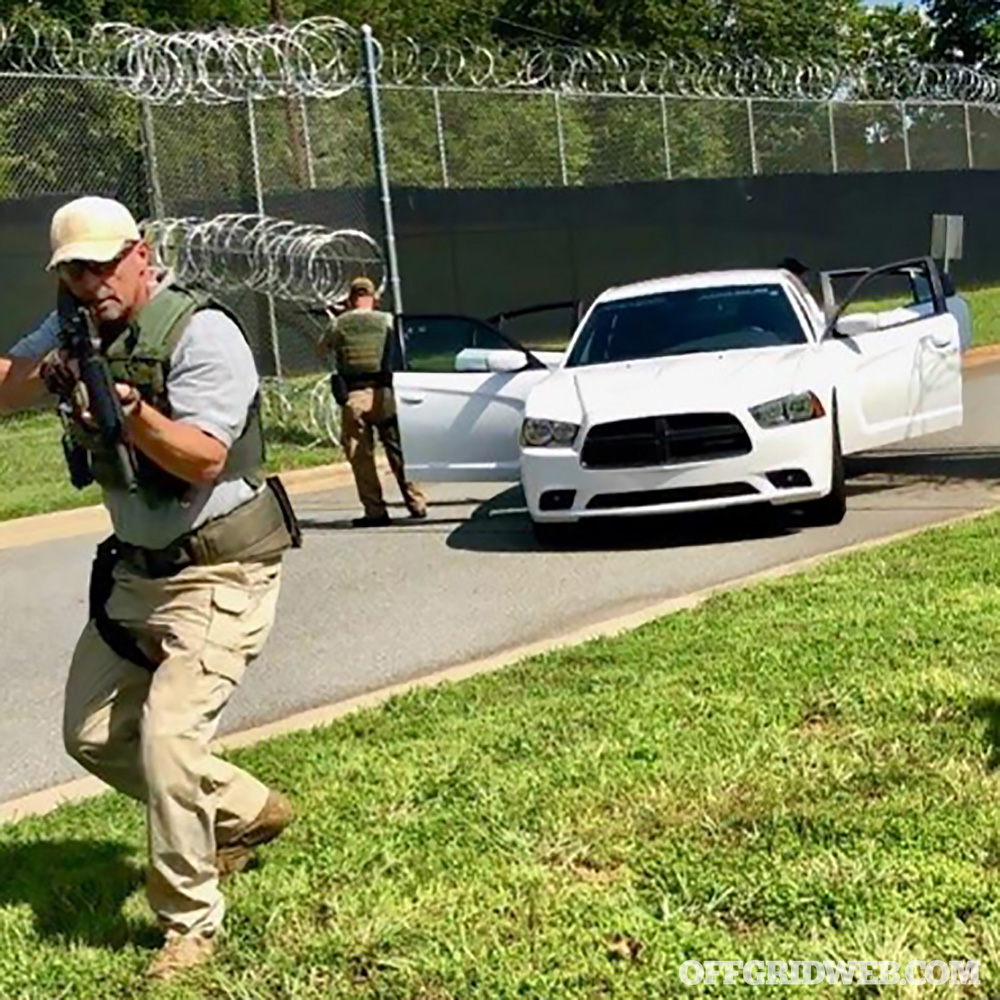
Every topic we’ve discussed in relation to the Uvalde mass shooting boils down to this one point – preparedness. There is no substitute for a good plan that’s been practiced until it becomes second nature. The criminals we are seeing engage in active shooter incidents are typically not trained, experienced, hardcore terrorists. These are individuals who are disturbed and often fear the pain of being caught or being shot themselves. You have a significant advantage in a critical situation if you have a plan in place, are familiar with that plan, and you have practiced it with others.
The regret of not being prepared truly outweighs the inconvenience of taking time to train.
About the Author
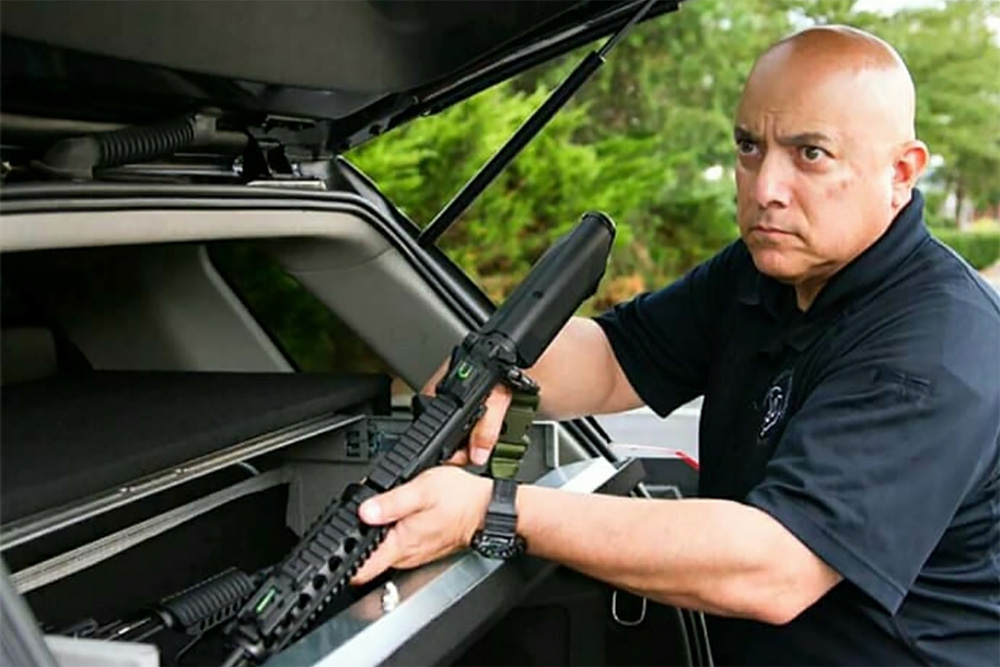
Originally from San Antonio, Texas, Karl L. de la Guerra has been active in the protective services industry for the past 43 years with an emphasis on counter-terrorism and dignitary protection. He is Founder & CEO of South Carolina based Karl de la Guerra, Inc. (teamKDI.com), an international security consulting and protective services training agency. His agency operates KDI Protective Services of South Carolina, KDI Protective Services, LLC in Texas, and KDI Protective Services, LLC in Arizona. Karl has been instructing law enforcement officers since 1981. He is also Chairman of the International Bodyguard & Security Services Association (IBSSA.org) headquartered in Budapest, Hungary.
Related Posts
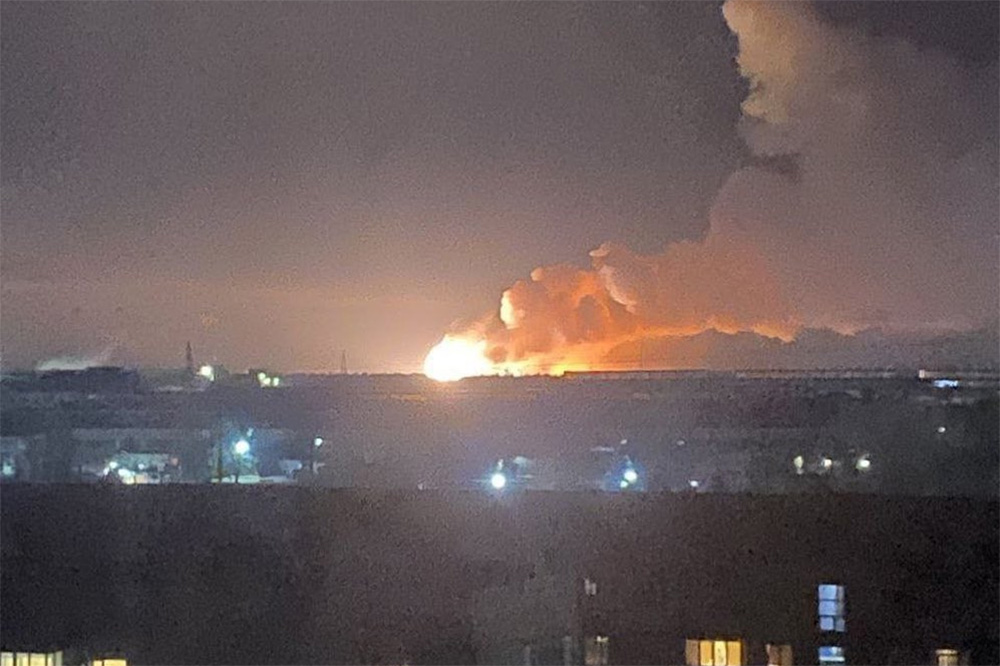
Preparedness Lessons Learned from the Invasion of UkraineAs preparedness-minded individuals, there's much we can learn from the ongoing conflict in Ukraine. Take a moment to consider these lessons.

Lessons from a Soviet Union Collapse & Chernobyl SurvivorAfter living through the collapse of the Soviet Union and the fallout of Chernobyl, Greg Mihovich understands the value of preparedness.
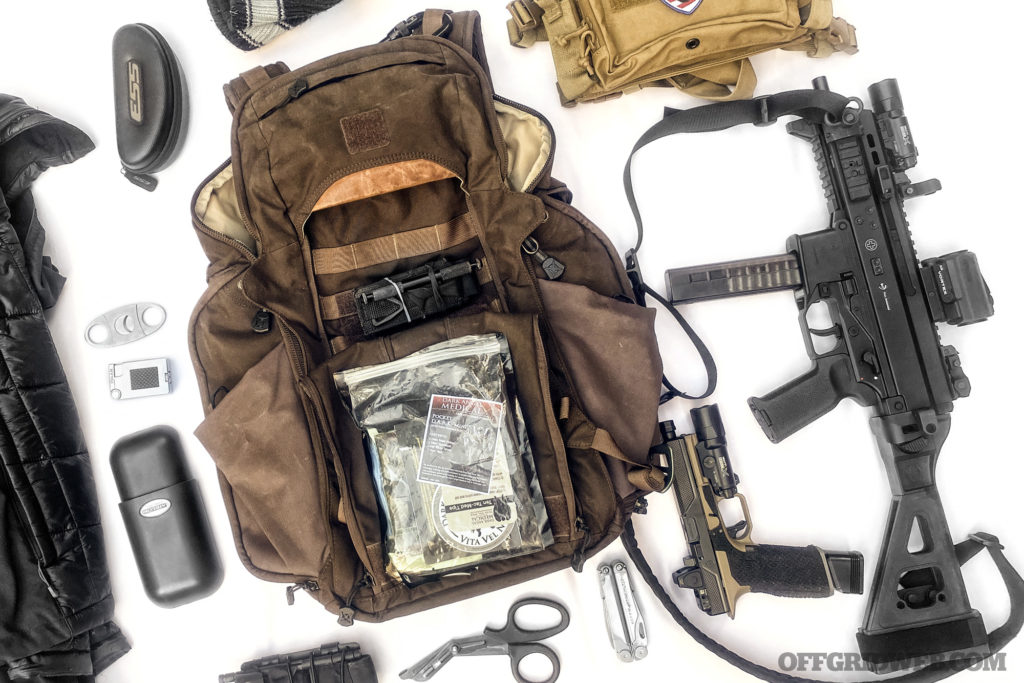
Bag Drop: Personal Security Detachment BackpackThe point of Personal Security Detachment (PSD) is to offer close protection of a high-value individual. You don’t want to look heavily-armed.
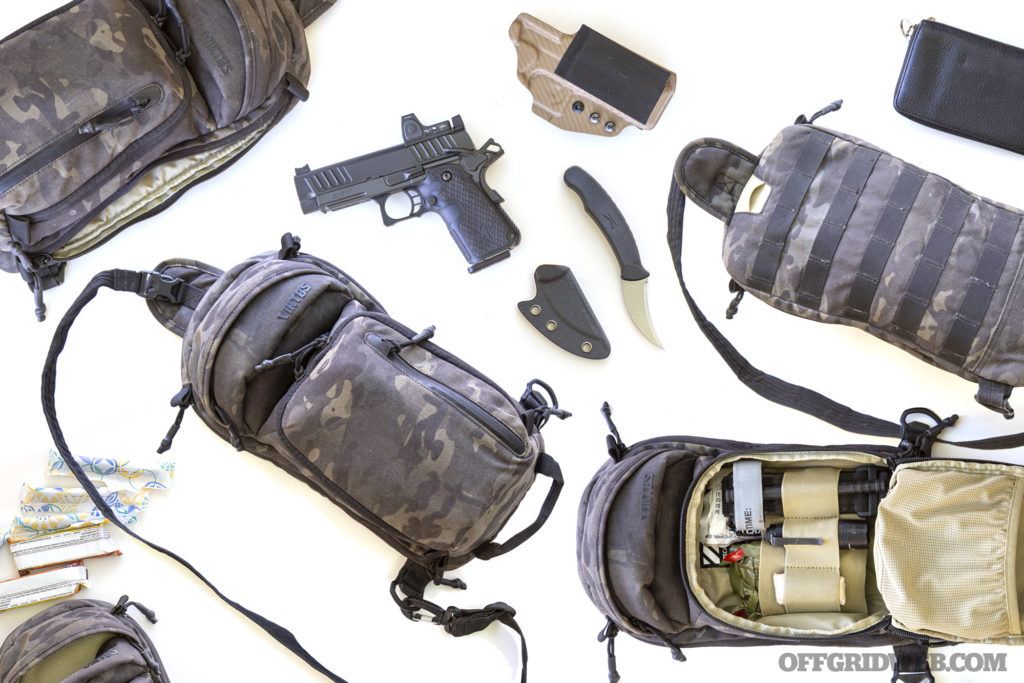
Bag Drop: Viktos Upscale 2 Urban EDC Sling BagThis Viktos Upscale 2 sling bag belongs to one of our female freelance photographers, who wears it instead of carrying a traditional purse.
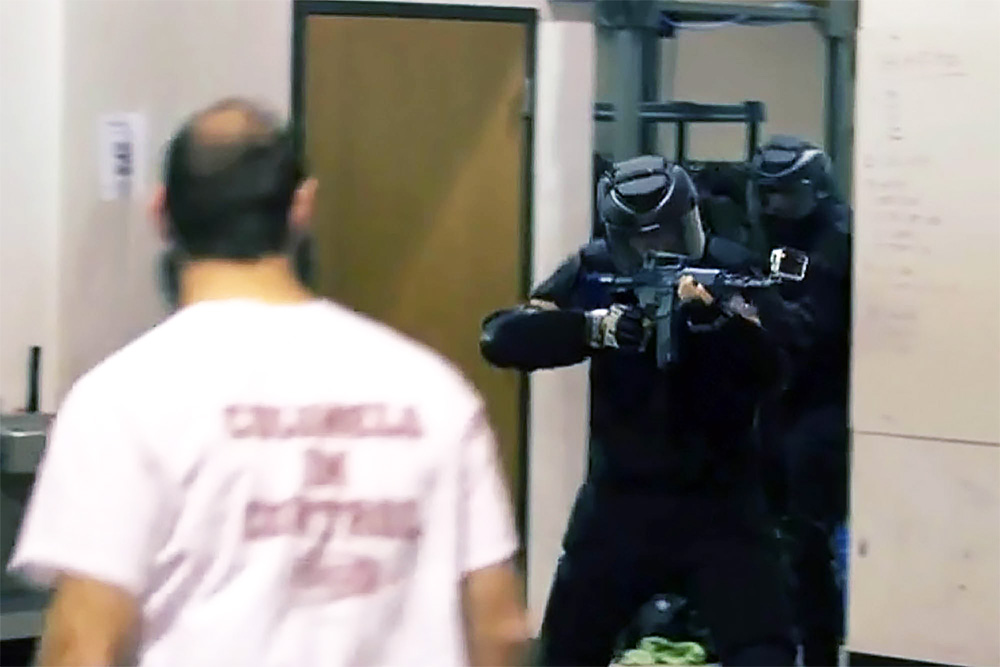
Fools Rush In: Considerations for Engaging an Active ShooterIn this article, we examine how to best survive and solve active shooter scenarios and other complex deadly force encounters.
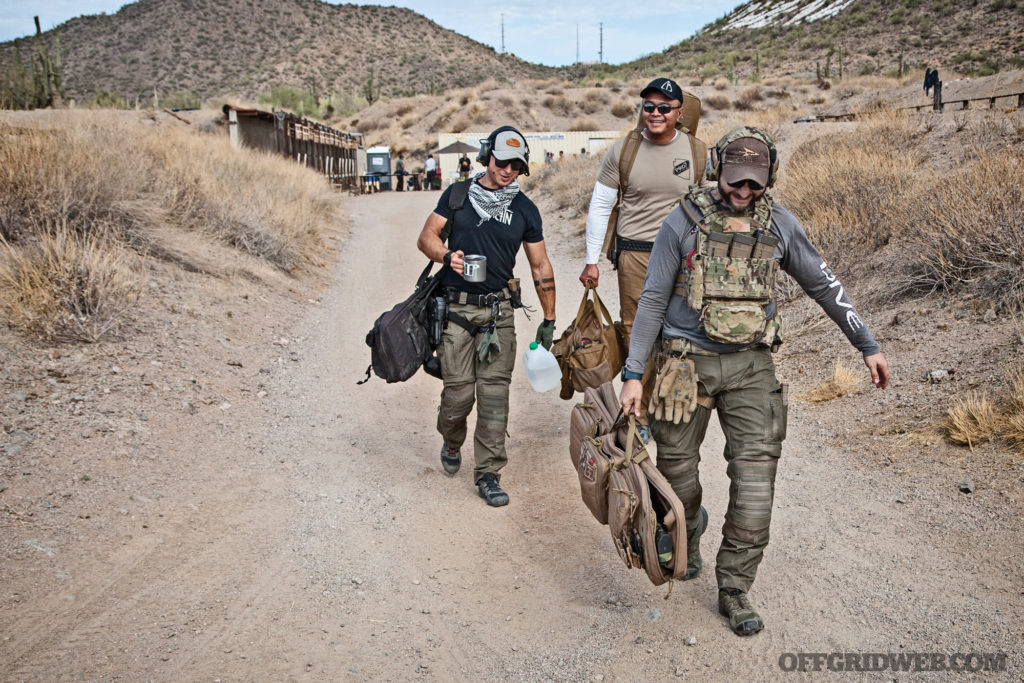
Safety in Numbers: Preparedness is a Group ActivityOne of the best things you can do to prepare for any emergency scenario is to create a “squad” of like-minded individuals with varied skills.
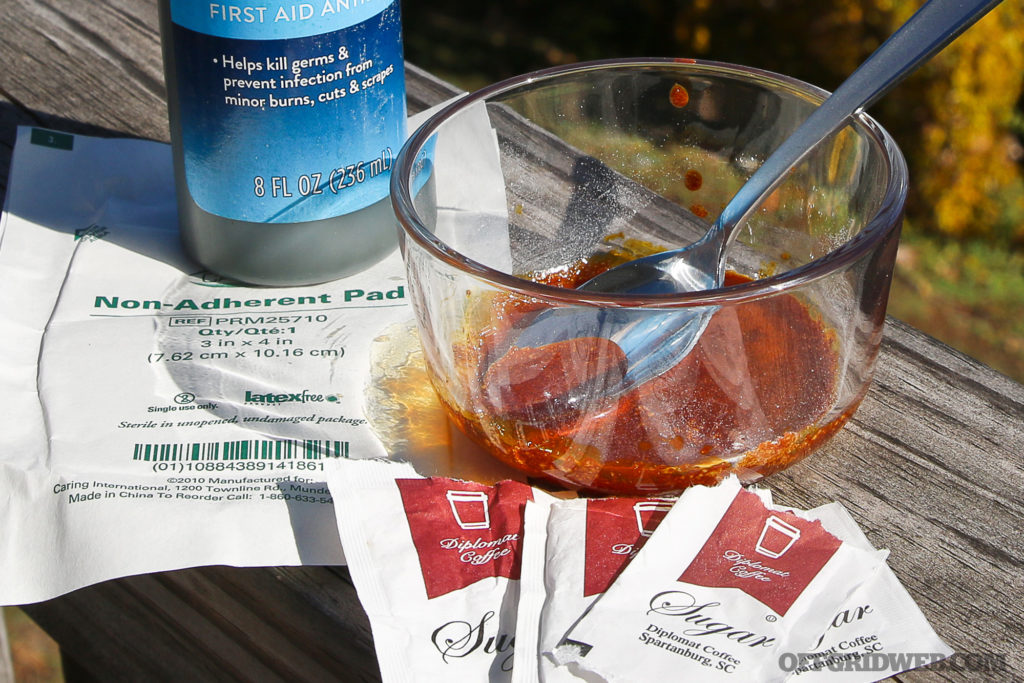
Improvised Antiseptics for Preventing InfectionWith a little knowledge and imagination, improvised antiseptics can help the family medic decrease the risk of infection, even off the grid.
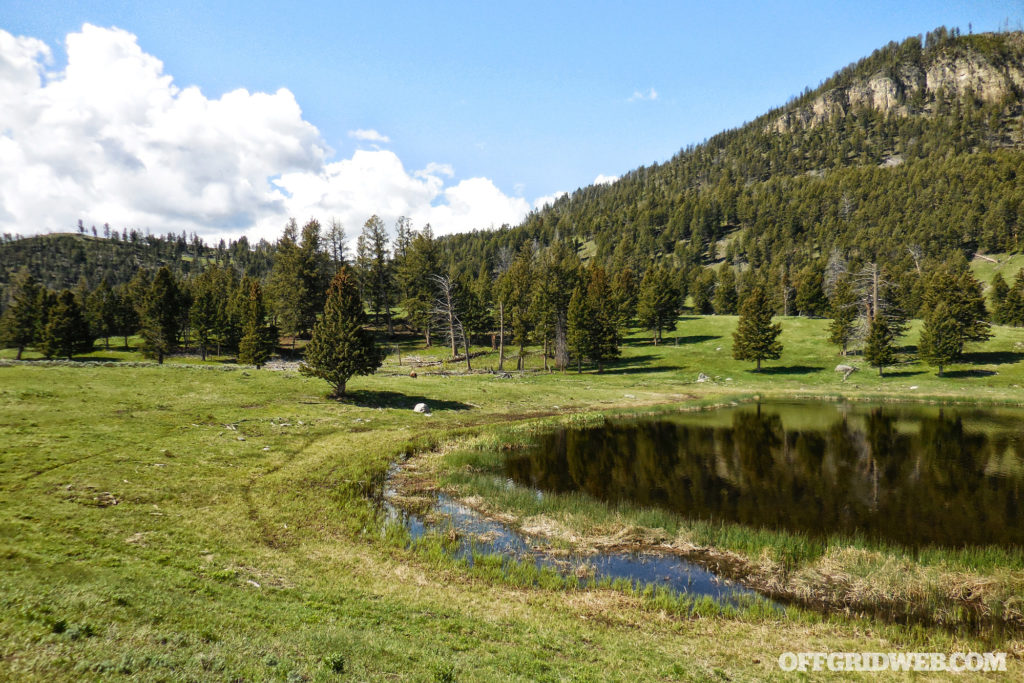
How to Choose a Homestead PropertyWhile there’s no such thing as a “perfect” homestead location, there are many variables to consider that will save you time and money.
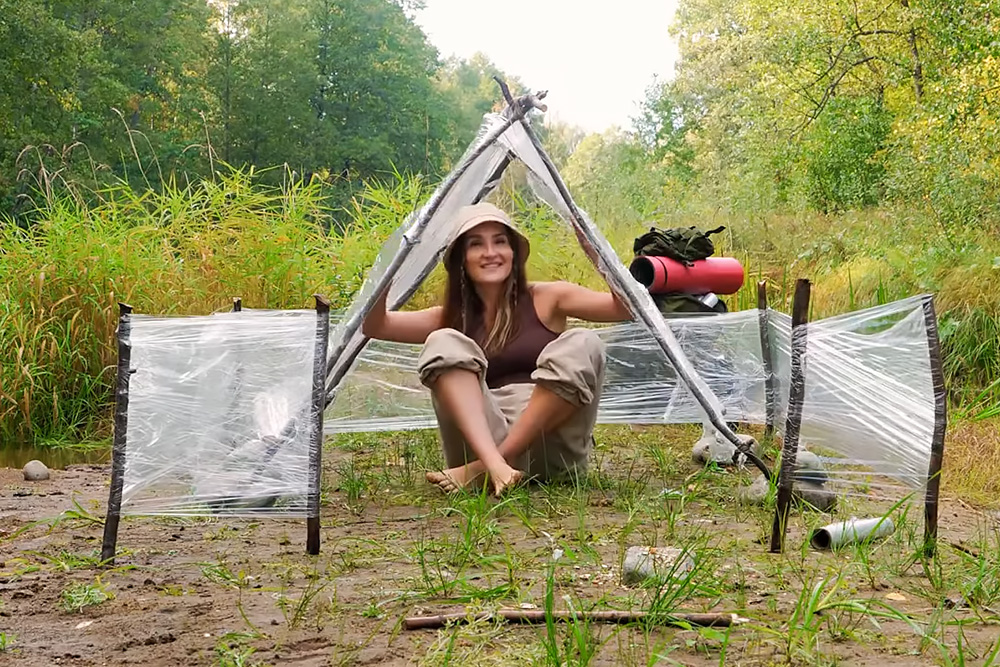
Reviewing the Internet's Dumbest Survival TipsThis video claims to contain "serious bushcraft ideas" but it actually feels like a compilation of the internet's dumbest survival tips.
The post Preparedness Lessons from the Uvalde Mass Shooting appeared first on RECOIL OFFGRID.
By: Offgrid Staff
Title: Preparedness Lessons from the Uvalde Mass Shooting
Sourced From: www.offgridweb.com/preparation/preparedness-lessons-from-the-uvalde-mass-shooting/
Published Date: Tue, 21 Jun 2022 11:00:49 +0000
-------------------------------------------------------------------------
Did you miss our previous article...
https://outdoorsnewswire.com/survivalist/the-best-gas-mask-for-tear-gas-viruses-and-nuclear-fallout
 CampingSurvivalistHuntingFishingExploringHikingPrivacy PolicyTerms And Conditions
CampingSurvivalistHuntingFishingExploringHikingPrivacy PolicyTerms And Conditions
